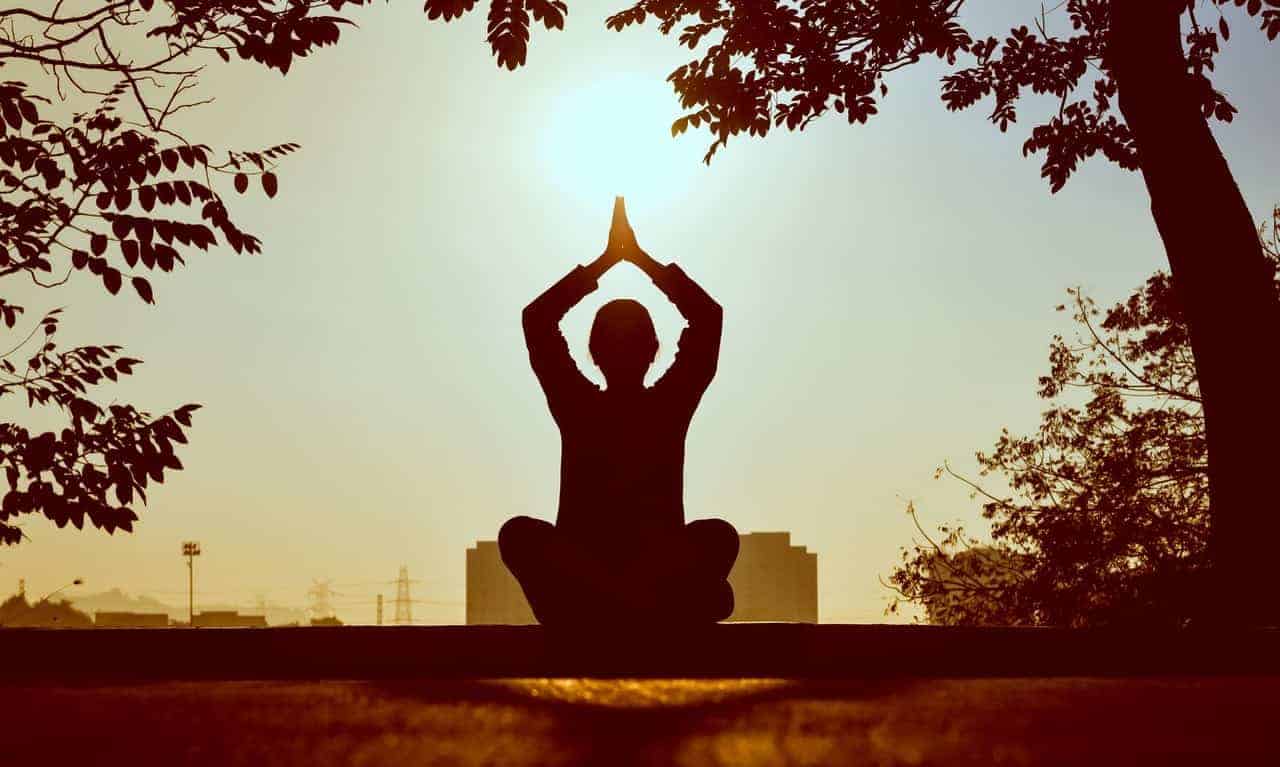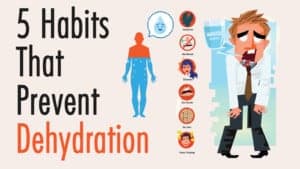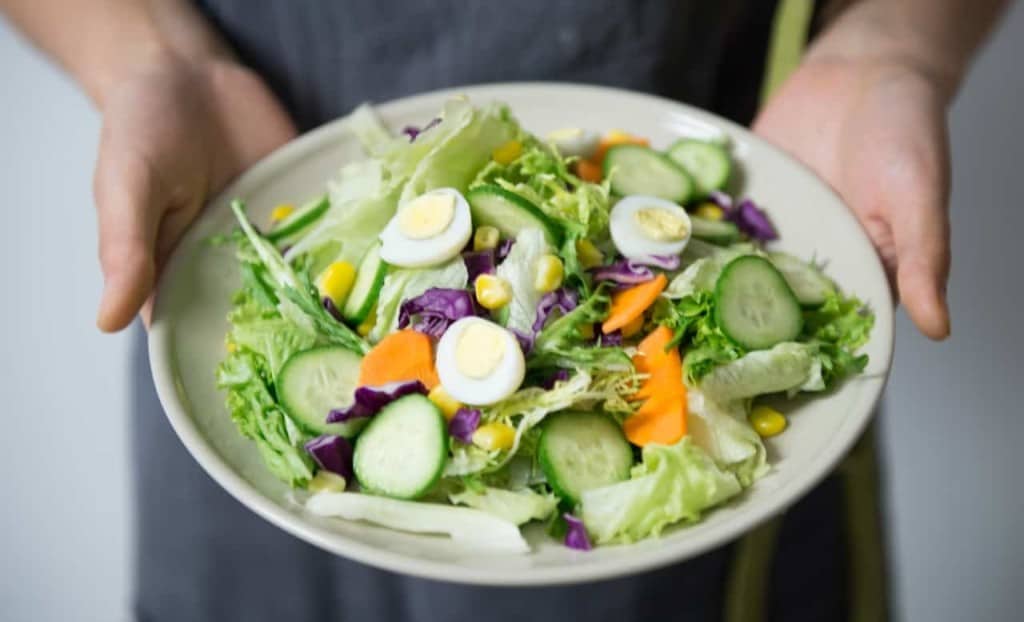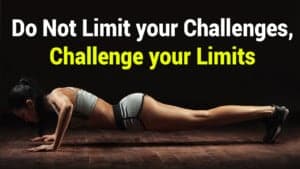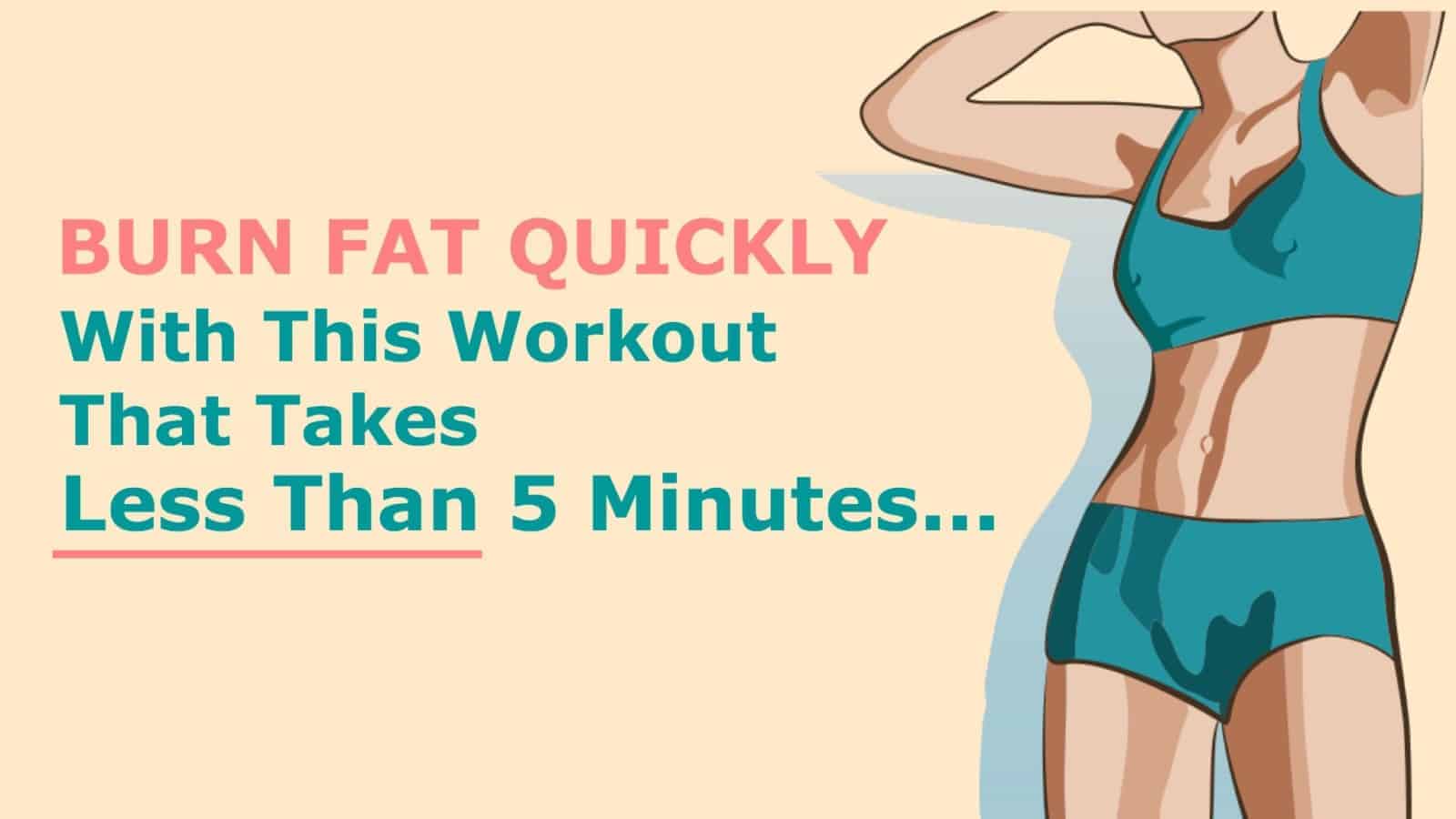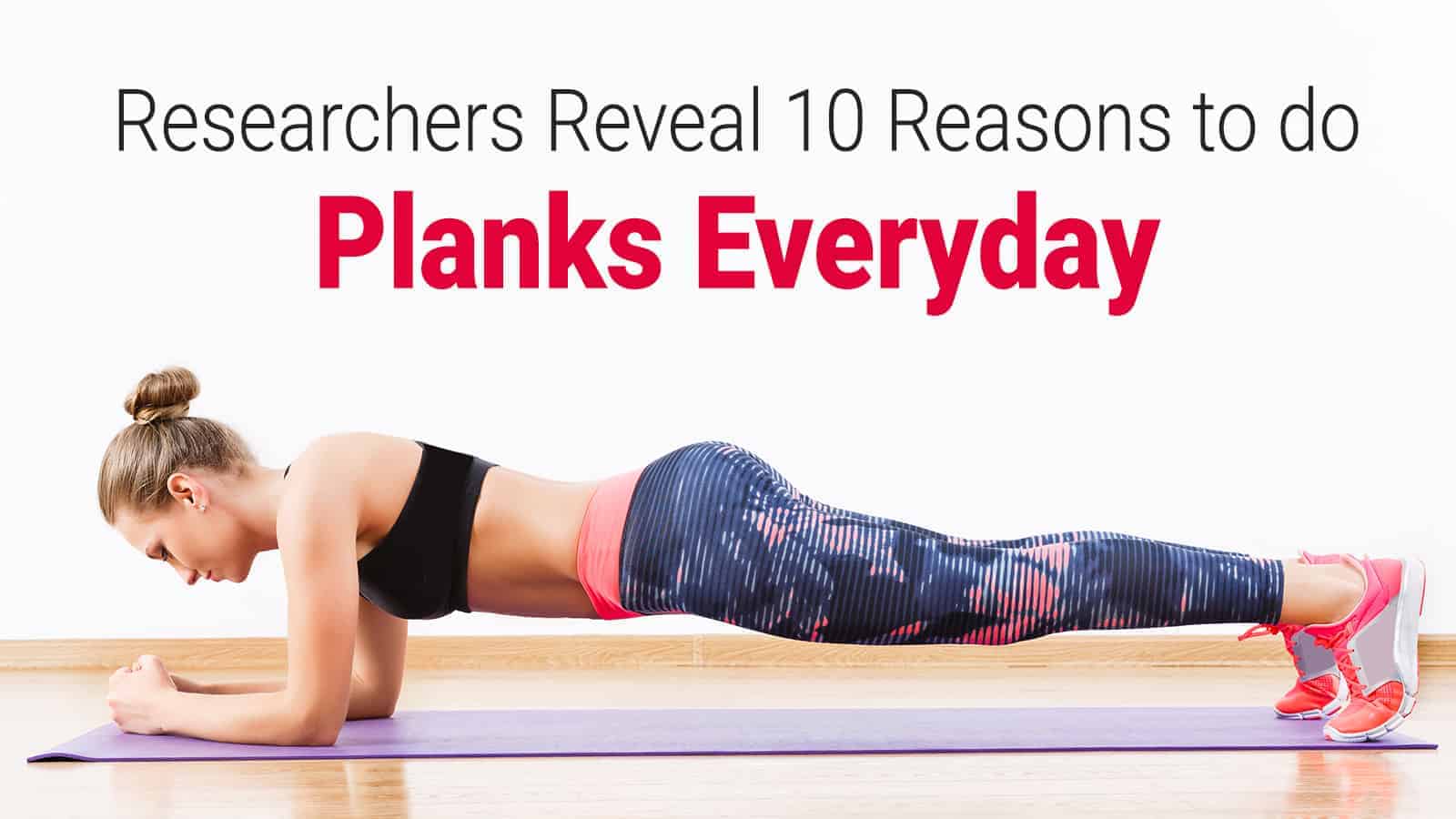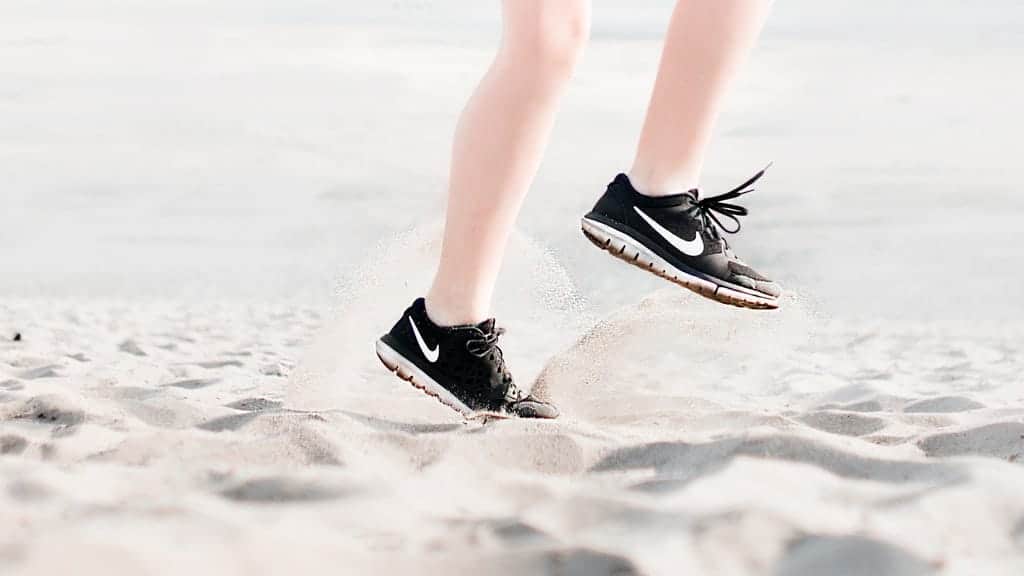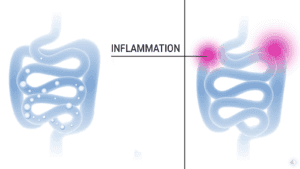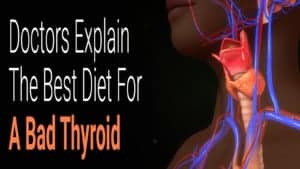The dictionary defines claustrophobia as having an extreme or irrational fear when it comes to confined spaces.
2019 statistics estimate that this particular phobia impacts the lives of around 2.2 percent of individuals in America. Sadly, only a few of these same individuals ever bother to seek help.
It is also worth noting that claustrophobia meets the criteria necessary to constitute a DSM-5 disorder. For those who are not familiar with DSM-5, also commonly referred to as the Diagnostic and Statistical Manual of Mental Disorders, it is a manual used by most psychologists and psychiatrists to diagnose a wide range of mental health disorders. It also helps these practitioners decide on the best course of treatment for their patients.
WHAT YOU SHOULD KNOW ABOUT CLAUSTROPHOBIA
Similarly to cleithrophobia, which is the fear of being trapped, claustrophobia can trigger a myriad of mild to severe symptoms in individuals with the disorder, including the following:
- Profuse sweating
- Uncontrollable shaking or trembling
- An intense sense of panic or impending doom
- Feeling breathless
- A rapid heartbeat
- Chest pain
- A tightening sensation in the chest
- Nausea
- Lightheadedness
- Feeling disoriented
- Hyperventilation
Additionally, we should note that this list does not encompass all of the symptoms synonymous with claustrophobia. However, they are the ones commonly reported by those who are struggling with the disorder.
Cleithrophobia
Cleithrophobia and claustrophobia relate closely to one another. However, here’s how to distinguish them. As mentioned, claustrophobia is the intense fear of small spaces. On the other hand, cleithrophobics fear to become trapped and unable to get out of a small space. Technically, one with cleithrophobia is okay with entering a small space–as long as there is a nearby exit. The fear stems from feeling confined in the space.
Here’s a little more about cleithrophobia…
Unlike generalized anxiety, cleithrophobia is a situational phobia-based disorder, insomuch that specific events and experiences trigger it. According to Dr. Mark Powers, an Associate Professor of Psychology at Southern Methodist University as well as Co-Director of the Dallas Cognitive Behavioral Therapy Center, the biggest concern that individuals with cleithrophobia have is running out of air or becoming trapped. Many situations and events can potentially trigger these feelings. And in most cases, they eventually give way to symptoms synonymous with the disorder.
WHAT CAUSES CLAUSTROPHOBIA?
Although only 2.2% percent of the U.S. population struggles with claustrophobia, we have to be mindful of the fact that there are nearly 330 million people who call the country their home, according to a 2019-study conducted by the U.S. Census Bureau. And this means that the factors that trigger symptoms in the millions of people affected by the disorder can be brought on by any number of things. That said, some of the things that commonly trigger claustrophobia-related symptoms in many of these individuals include
- Traveling in a car or plane
- Finding themselves in a room without windows
- Riding in an elevator
- Having to undergo an MRI, Magnetic Resonance Imaging, exam
- Having to undergo a CT, Computed Tomography, scan
- Finding themselves in an overcrowded room
- Being a closet
Although there is little evidence to substantiate this claim, many scientists and researchers believe that some individuals have a genetic likelihood of developing claustrophobia. In several studies, researchers and scientists found that children who have parents that struggle with the disorder are twice as likely to develop it themselves at some point in their life.
HOW DOES CLAUSTROPHOBIA IMPACT THE BRAIN?
Now that we have a general understanding of the symptoms associated with claustrophobia and the causes let’s take a moment to examine how the disorder impacts the brain. According to a study published by the National Institutes of Health, which is part of the U.S. Department of Health and Human Services, not to mention the world’s largest biomedical research agency, individuals who struggle with claustrophobia often exhibit changes in the amygdala. For those who are not familiar with this region of the brain, the amygdala is located in the frontal portion of the temporal lobe, which is close to the hippocampus. And these changes are what triggers the onset of phobia-related symptoms. And depending on the severity of these changes, the symptoms that one experiences can range from mild to severe.
HOW TO PREVENT CLAUSTROPHOBIA-RELATED SYMPTOMS
One way to prevent or minimize claustrophobia-related symptoms is by engaging in avoidance. While this approach might not work in all cases involving mental health, studies show that it is an effective way to combat claustrophobia-related symptoms without having to resort to taking anxiety medication. Engaging in avoidance can include any of the following:
- Avoiding small, confined spaces
- Making it a point to always look for exits
- Staying close to an exit
- Leaving the door open if you have to be in a confined space
CLAUSTROPHOBIA MEDICATIONS MAY CAUSE MORE HARM THAN GOOD
Although often effective, engaging in avoidance may not work for everyone, especially those with severe symptoms. In fact, many of the same prescription medications that doctors frequently prescribe to resolve symptoms typical of generalized anxiety disorder can combat claustrophobia-related symptoms as well. According to helpguide.org, a nonprofit mental health and wellness website, the prescription-based medications that can help with both of these DSM-5 disorders include the following:
- Ativan
- Klonopin
- Valium
- Xanax
It is important to note that all of these medications are classified as benzodiazepines, also commonly referred to as tranquilizers. And while they are useful when it comes to resolving generalized anxiety and claustrophobia-related symptoms, they can trigger several side effects, including
- Speech problems
- Vision problems
- An inability to focus
- Feelings of confusion
- Upset stomach
- Problems with equilibrium
- Headaches
- Memory problems
Perhaps most disturbing is the fact that “benzos” are highly addictive chemicals that alter your brain.
All in all, those who choose to take benzodiazepines to help ease claustrophobia-related symptoms should only take them as prescribed by a licensed physician. Further, if you experience significant physical or psychological changes while taking them, you should alert your physician or psychiatrist immediately.
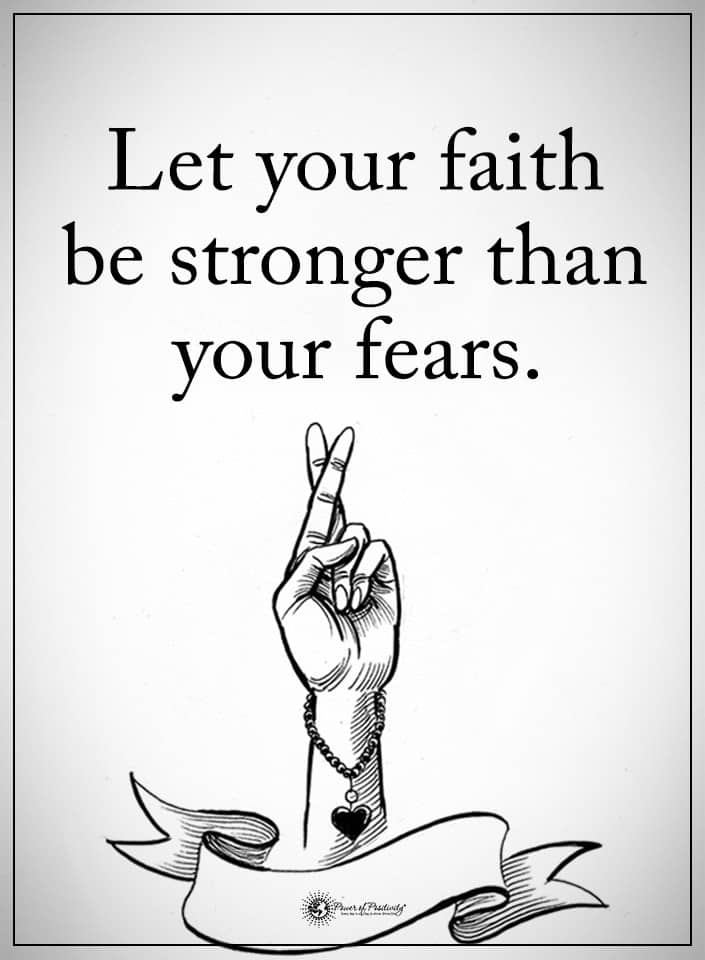 HOW BEHAVIORAL THERAPY CAN HELP WITH CLAUSTROPHOBIA
HOW BEHAVIORAL THERAPY CAN HELP WITH CLAUSTROPHOBIA
When it comes to treating claustrophobia, there is no such thing as a one size fits all approach. Treatments that work for some might not work for others. In some cases, a multi-faceted approach that includes the use of behavioral therapy alongside prescription-based medications may be needed. That said, some of the more common forms of behavior therapy include
Exposure therapy
Some people avoid situations that trigger claustrophobia-related symptoms. Effective? To a point. However, many argue that doing so doesn’t necessarily address the problem. After all, it is next to impossible to avoid all claustrophobia-inducing situations and events in your life. For this reason, many psychiatrists and psychologists will recommend exposure therapy.
For those who are not familiar with this type of behavioral therapy, it is, as the name might suggest, the process of being continually placed in claustrophobia-inducing situations as a way to become gradually desensitized to them. With help from the right psychologist or psychiatrist, this approach to behavioral therapy works for most individuals.
Relaxation and visualization therapy
This approach to behavioral treatment, much like exposure therapy, is yet another way to help ease mild to severe claustrophobia-related symptoms. In short, relaxation and visualization therapy teaches individuals how to cope with symptoms whenever they find themselves in a claustrophobia-inducing situation. One method of relaxation and visualization that seems to work for most people entails counting backward from 10 to 1 while imagining you are in a safe place. This approach can calm frazzled nerves while helping ease feelings of impending doom.
Rational emotive behavioral therapy
Also known as REBT, sound emotive behavioral therapy is a form of behavioral therapy. This intervention teaches individuals how to focus on the present rather than past experiences that may have contributed to their disorder. In the process, these same individuals form not only healthy but also realistic beliefs that make claustrophobia-inducing situations seem less frightening.
Cognitive-behavioral therapy
Many psychiatrists and psychologists consider this approach to behavioral therapy to be the gold standard in tackling a host of mental health disorders. And claustrophobia is no exception in this regard. Also known as CBT, cognitive behavioral therapy teaches individuals how to change the way they think about past experiences that may have contributed to their disorder. In doing so, patients will better equip themselves to deal with claustrophobia-related symptoms when they present themselves.
FINAL THOUGHTS ON OVERCOMING YOUR CLAUSTROPHOBIA SYMPTOMS
In summary, claustrophobia is another one of the many mental health disorders that can quickly turn an individual’s life upside down. Fortunately, there is no shortage of treatments, including behavioral therapy, that can help keep the disorder from spiraling out of control. That said, if you struggle with this particular disorder, try some of the recommendations outlined in this article. However, if your symptoms persist, you should schedule an appointment with a psychologist or psychiatrist as soon as possible.



